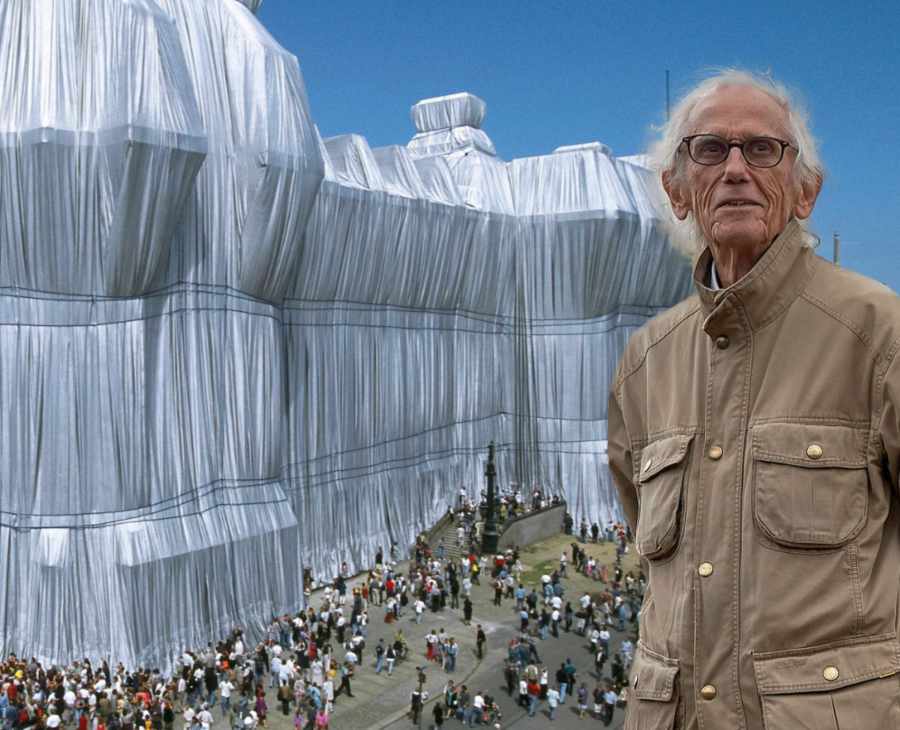The story behind the Movement
Fauvism
The story behind the Movement
Fauvism
Fauvism was a style of painting based on the use of vivid, non-naturalistic colour. It was the first major avant-garde development in art after the turn of the 20th century and before the First World War. Its dominant figure was Henri Matisse, other members included André Derain, Maurice Vlaminck, Albert Marquet and Georges Rouault.
Outline History
The group first exhibited at the Salon d’Automne in Paris in 1905 and were heavily criticised in the press. It was at this exhibition that the name ‘Fauve’ was first used by the art critic Louis Vauxcelles. He is quoted as saying when seeing a small 14th century like sculpture displayed amongst their paintings: ‘Donatello au Milieu des fauves’. Donatello amongst the wild beasts – Fauve’ means wild beast.
The fauvist painters work looked extravagant and quite shocking, because the artists loved using complementary colours and wild brush strokes in their paintings. The use of complimentary colours had the effect of making colours in the painting look brighter. Complementary colours are opposite each other on the colour wheel eg. Blue/orange, yellow/purple or red/green. They also rejected the use of three dimensional space and instead used flat areas or patches of colour to create a new pictorial space. These radical ideas can be seen as a form of expressionism. But many found Fauvism unpalatable.
The movement only last about three years between 1905 and 1908 in fact after they exhibited at the 1906 Salon des Independents in Paris most of the artists began to go off in different directions with only Matisse continuing to explore the beauty of pure colour. Fauvism can be seen as a development and extension of the expressionism of artists such as Van Gogh. Fauvism was not technically a movement – as there were no written guidelines or manifestos, no membership entries, and no exclusive group exhibitions. It was more a stepping stone towards later art movements, and developments towards Cubism and abstraction. Although the movement was short-lived, it was very influential, especially on German Expressionism.





